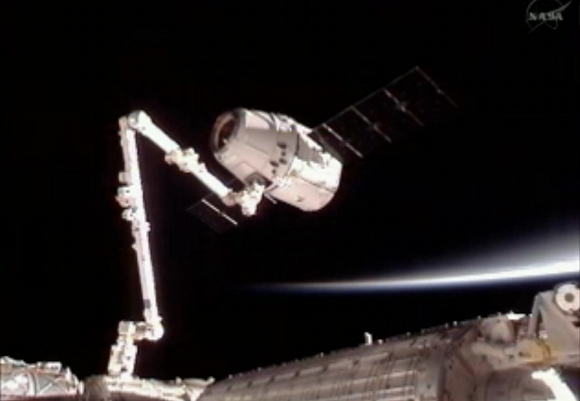At sp!ked, Patrick West notes an under-observed anniversary:
It is a fine testament to NASA’s Apollo programme that of all the world-shaking events in living memory, men landing on the moon is the only one that doesn’t involve death. As Andrew Smith, author of Moon Dust (2006), notes, everyone remembers where they were when John F Kennedy was assassinated, Princess Diana died, or on 9/11. Most people, if they were alive at the time, also vividly recall when a man first walked on the moon on 20 July 1969.
Few, however, will remember what they were doing when the last man walked on the moon. That was 40 years ago today.
As he fired up the engines of Apollo 17‘s Lunar Module, Gene Cernan, the last man on the moon, delivered a final message to the world: ‘America’s challenge has forged man’s destiny of tomorrow. And as we leave the moon at Taurus-Littrow, we leave as we came and, God willing, as we shall return with peace and hope for all mankind.’ On this date, many of us lament that we haven’t gone back to the moon. Others won’t, citing the vast expense of this Cold War sideshow, equivalent to roughly $130 billion in today’s money.
We certainly aren’t likely to return to the moon in such cynical and pessimistic times, of Mayan prophecies, omens of economic stagnation and environmental catastrophe, Frankie Boyle misanthropy and books called Is It Just Me Or Is Everything Shit?. In other words, everything the Apollo programme didn’t represent. America’s race to the moon may have been partly a means of getting one over the Soviets, but it also embodied the spirit of adventure and progress, as encapsulated by Neil Armstrong’s first words from the moon.




